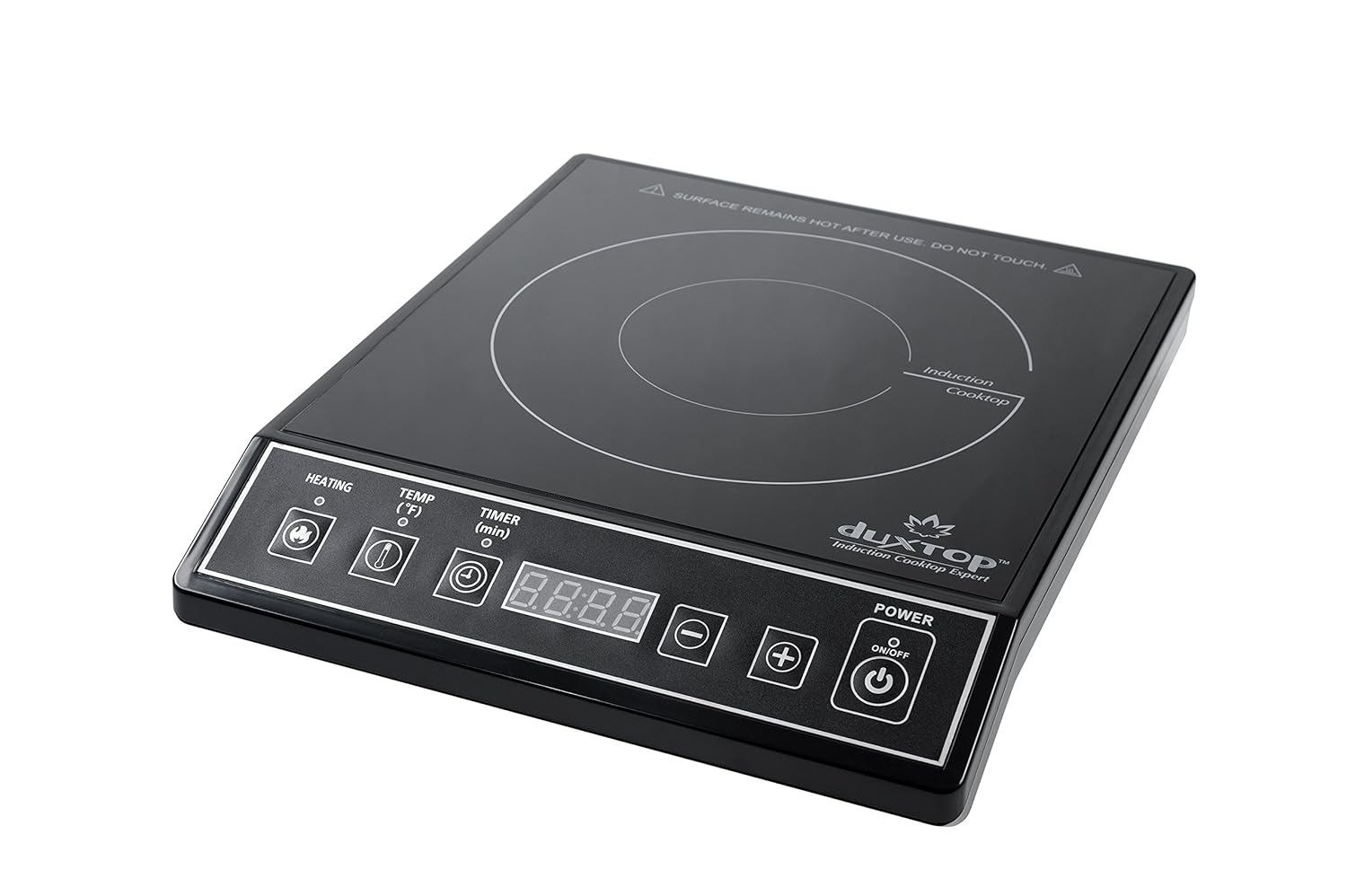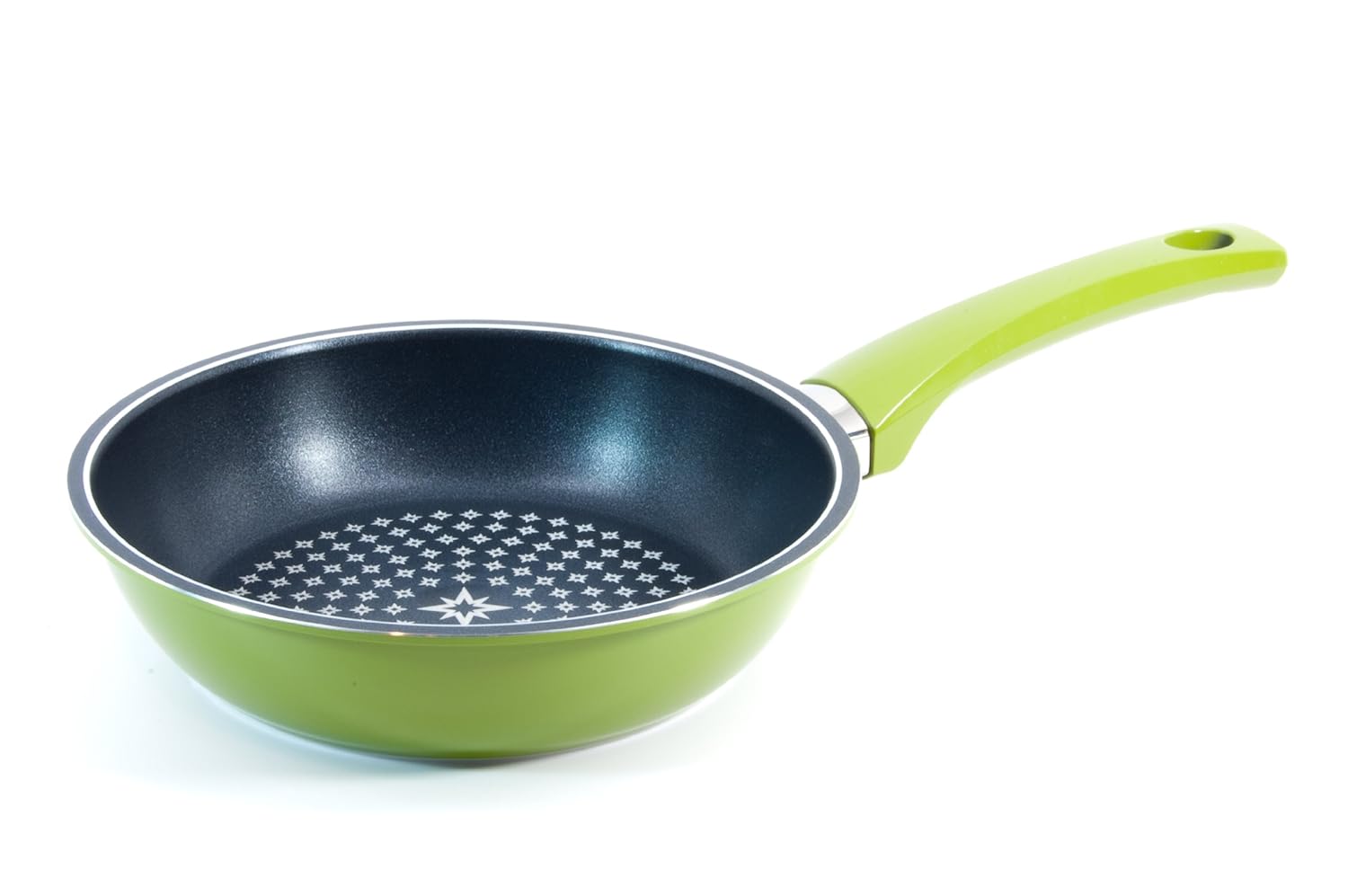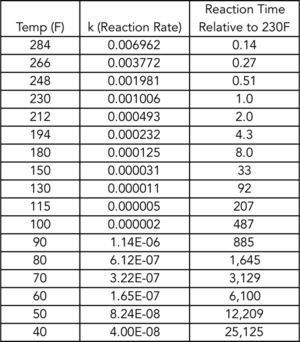Here is the article on decarboylation from the CBD Farms Facebook page:
Decarboxylating Cannabis: Turning THCA into THC
March 7, 2014 at 1:54pm
Decarboxylating Cannabis: Turning THCA into THC
The other day I was asked by an acquaintance why the tincture they were making had very little, if any, noticeable medicinal or psychoactive effect. They swore they followed the same process found in a book on making edibles and soaked the cannabis in high proof for weeks but the tincture just didn’t work.
The answer was simple but one that many in the cannabis industry don’t understand. One very important and necessary extra step had been overlooked. Cannabis used to make tinctures as well as other edible cannabis products requires decarboxylation. From asking around I have a feeling a lot of you just blurted out “Say What?”
So here is the deal. THCA (Tetrahydrocannabinolic Acid) is found in abundance in growing and harvested cannabis and is a biosynthetic precursor of THC (Tetrahydrocannabinol). Wow, this sounds scary like organic chemistry, doesn’t it? It is, so for both of our benefits, I’ll give you the dumbed down version.
Research suggests THCA has anti-inflammatory and neuroprotective effects but does not produce the psychoactive effect that make you feel “high”. This “high” is from the cannabinoid THC, of which little if any is found when cannabis is growing or recently harvested.
Decarboxylation is a chemical reaction that releases carbon dioxide (CO2). This means a chemical reaction takes place in which carboxylic acids loose a carbon atom from a carbon chain. This process converts THCA to THC, the much loved compound with many medicinal and psychoactive effects. When the cannabis drys, it very very slowly begins to decarboxylate and converts THCA to THC.
The good news is we don’t have to wait years for cannabis to decarboxylate. We can speed things along with a process that is a lot simpler than you might expect. Simply heating dried cannabis to the correct temperature for enough time releases that carbon dioxide and creates THC. Why have so many of you never heard of this before?
Decarboxylating takes place without extra effort when cannabis is heated during the act of smoking or vaporizing. It also takes place to some degree when cannabis is cooked into butter or when hash and kief are added to a favorite recipe and then cooked in the oven.
When making tinctures, cannabis is not heated or baked, it is simply soaked in high proof alcohol. Decarboxylation never takes place and you end up with a product with a lot of THCA and very little THC. This may be a good for some symptoms but will not produce the results most expect.
Setting Up The Experiment
After explaining decarboxylation it became clear why the tincture was ineffective. Naturally they wanted to know how to decarboxylate cannabis quickly and easily so they could get on with making their tincture. I knew how to do it, but I really needed to nerd out for a bit so I could give them the best possible answer.
It really is as easy as heating the cannabis, but for how long and at what temperature? If the cannabis is heated to much, we run the risk of vaporizing and losing some of the important cannabinoids, terpenes and flavonoids which have medicinal properties. At the same time we want remove the CO2 as quickly and effectively as possible.
According to a report published by John M. McPartland and Ethan B. Russo “
Cannabis and Cannabis Extracts: Greater Than the Sum of Their Parts?”, the boiling points, and hence vapor point of the major cannabinoids, terpenes, and flavonoids range from 246.2° and 435.2° Fahrenheit. I have included a substantial list taken from this report in the appendix of this article. This indicates that by staying under 246.2° Fahrenheit there should be little if any inadvertent vaporization of plant compounds that might produce medicinal benefits. I do need to qualify the above statement by saying that some terpenes actually evaporate to some degree while the plant is growing and there is not much that can be done about it.
I decided to conduct a bit of an experiment to see if my hypothesis was correct. I had some extra kief and trim that I had been keeping in storage for a rainy day. They would work perfect for the experiment and there would be no great loss if things didn’t go as planned.
Easy Steps to Decarboxylation
Consumer grade ovens are not always exact so I decided to shoot for a decarboxylation temperature of around 240° Fahrenheit. This should produce quick results without losing any medicinal potency. 30 minutes seemed like a nice round number for a first test and should give the kief and trim plenty of time to come up to temperature.
Kief has a tendency to ball up in the bag which could lead to uneven temperatures and possibly uneven decarboxylation. Before I put it in the oven, I loosened up the clumps with a fork. While most of the trim was already fairly broken up from its time in the kief tumbler, there were still some budlets in the trim that I wanted to break apart.
A few minutes in the
Cuisinart works great for breaking up trim and also works well on buds if you have a bunch of joints to roll. The static from the plastic separated out some low grade kief which loosely clung to the lid of the Cuisinart. I brushed this back into the trim.
I placed a
pizza stone on the middle rack of the oven and set the oven dial to bake at as close to 240° Fahrenheit as possible. Ovens lose a lot of heat when the door is opened and sometimes the temperature spikes with little explanation. The pizza stone absorbs the heat and helps maintain a constant temperature. In order to track my temperature accurately I used a
thermometer with a heat resistant cord. I placed the thermometer on the pizza stone and the digital readout on the counter next to the oven where it could be monitored.
Once the temperature reached about 240° and did not appear to be increasing I placed a small
Pyrex bowl of kief and another of the trim on the pizza stone. I set my timer for 30 minutes and continued to monitor the temperature. A Pyrex lasagna dish would be perfect for larger quantities. As expected, the temperature fell a few degrees from opening the door and then came back up to temperature. Throughout the half hour the temperature rose and fell several times for no apparent reason but stayed between 229° and 245° Fahrenheit.
After 30 minutes I removed both Pyrex containers with an oven mit and placed them on the counter to cool. Both the kief and the trim had noticeably fluffed up and gave off a slightly roasted scent. I took a few grams of each and packaged them for lab testing.
I returned the Pyrex dishes to the oven and set the timer for another half hour. I was pretty sure that 30 minutes had been enough to mostly decarboxylate the kief and trim, but just in case I wanted a backup test at a full hour. Either way I had to be patient and wait a few days for the test results to come back.
Results of Decarboxylation Experiment
The following charts show the results of the 30 minute and 60 minute decarboxylation experiments. Also included are the lab results from testing done prior to any artificial decarboxylation to establish a starting point. Note that because of the age of both the kief and the trim, decarboxylation had begun to take place to some degree naturally. This may not be your starting point, but should not affect the results of the experiment much.
As you can see from the two charts, 30 minutes was not quite enough to completely decarboxylate either the kief or the trim. At 30 minutes the kief was about 90% decarboxylated but the trim was only about 60% decarboxylated. This difference is likely because the trim had a higher starting moisture content. After 60 minutes however, both keif and trim samples were close enough to 100% decarboxylation for my satisfaction.
So there you have it. 240° F for 60 minutes should be enough to decarboxylate any cannabis with a reasonably low moisture content. For material with higher moisture content, the time can be extended but the temperature should not be increased. If you are concerned about losing organic compounds, lower heat can be used but the time should be extended to compensate.
Interesting Findings
As with most experiments, the results often lead to new questions. Here are a few unexpected finding that may lead to future experiments.
The kief and trim both appear to have lost some total cannabinoids after the second 30 minutes in the oven. Some of you might suggest this is from vaporization from being at temperature for too long. This could be true, thought they were from the same plant they were not the exact same samples. Additionally lab tests do have a margin of error, so I’m not sure that is a safe assumption. This would need to be tested with more samples to have a solid verdict.
For some reason the moisture content of the trim tested higher after the first 30 minutes in the oven. I have no idea why this would be. It could just be a fluke.
Tbe CBDA did not appear to convert to CBD during the decarboxylation of the THCA. Some further research might shed some light on this.










 Can't wait for my MB2 to get here!
Can't wait for my MB2 to get here!






